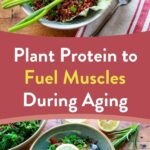Fueling Plant Protein and Activity to Help Preserve Muscles During Aging
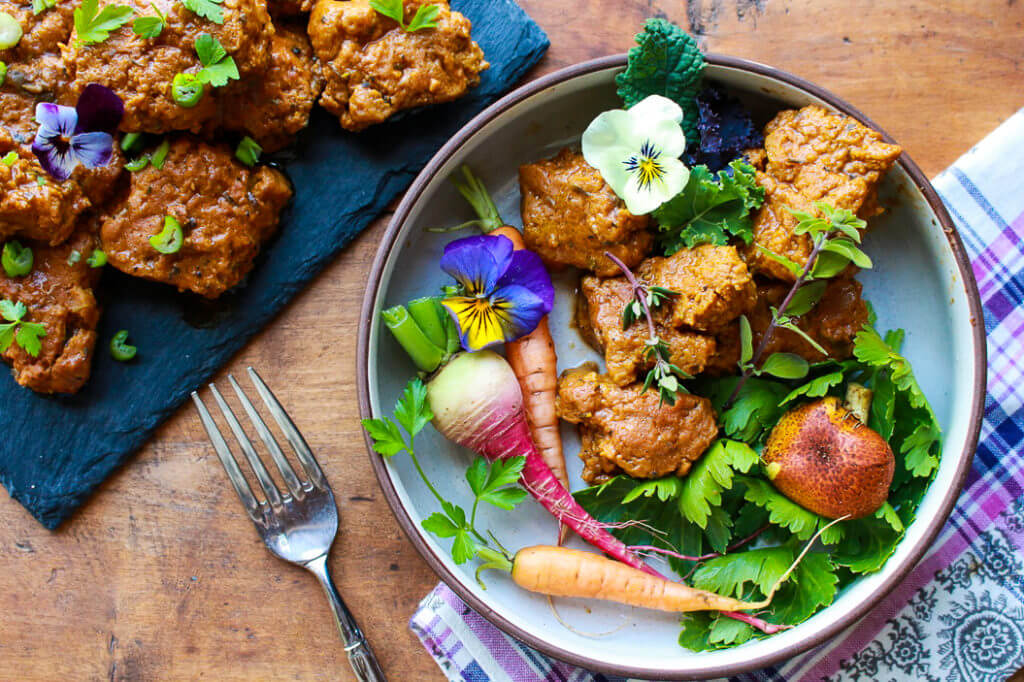
Learn how to preserve muscles during aging with a plant-based diet, adequate plant protein and activity. This expert guide will help keep you strong, and fit for years to come.
We all want to live a healthy, vibrant life all the way through our golden years. In fact, 42% of Americans are expected to live until they are 90 years old. Unfortunately, muscle loss, also known as sarcopenia, is a part of the normal aging process. One depressing statistic after another depicts how adults have a severe drop off of muscle mass that starts as early as their 30s. With increasing age, after a peak in early adulthood, there is a decrease of about 30% in muscle strength and a 40% reduction in muscle mass—or an estimated 6% in muscle mass per decade—with a higher risk for the development of sarcopenia. Sarcopenia can be aggravated by malnutrition, smoking, lower physical activity, severe stress, and other factors. We know that sarcopenia leads to many negative consequences, such as reduced strength, mobility, and the ability to perform everyday functioning, such as getting out of a chair; it’s even related to early mortality.
So, what does the latest science say we can do to preserve muscles during aging? There are two big lifestyle factors that can help prevent muscle loss: protein and physical activity with resistance training.

Plant Protein for Preserving Muscles
This is the nutrient most often studied in relationship to muscle loss, and it’s a big factor. Several studies have identified protein as a key nutrient for muscle health in older adults. Protein intake greater than the recommended amounts of 0.8 g/kg body weight may improve muscle health and prevent sarcopenia with aging. Many experts in the field of protein and aging recommend a protein intake of at least 1.0 g/kg/day for elderly adults, adding more depending on individualized needs. Experts have expressed concerns for older adults consuming more than 1.2 g/kg per day of protein, because more than that level of protein might be an issue for the kidneys. However, studies have shown that many older adults wane in protein intake, as they start favoring soft, high carb foods that are less nutrient-rich during this period of life.
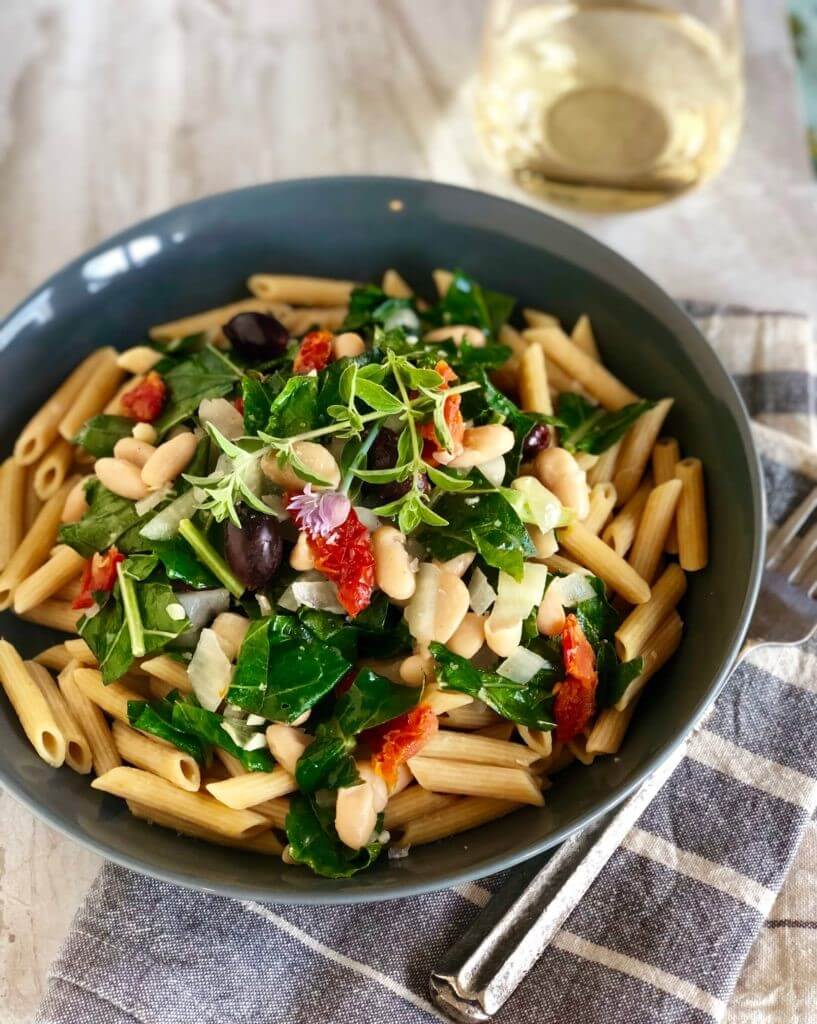
Of the 20 amino acids (building blocks of protein), our bodies can make 11 on their own, so we need to get the remaining 9 essential amino acids through diet. There are many plant-based foods that are high in protein and provide the essential amino acids for building muscle. Research shows that amino acid intake in vegetarian and vegan diets are typically more than sufficient to meet or surpass an individual’s daily requirements. Some protein—such as soy—is very similar in quality of amino acid levels to animal proteins. The quality of protein is determined by its ability to support healthy growth, development, and maintenance of body mass. While past research has considered proteins to be “complete” if they possessed good amounts of all the essential amino acids in one portion, it is now widely known that the body creates a pool for amino acids, so a varied diet with plenty of proteins from plants can provide that supply of amino acids to build muscle. In specific, there has been a great deal of research on soy protein and muscle synthesis, showing that it’s comparable to whey protein.
By eating a varied diet and getting enough plant-based proteins (both quantity and variety), preserving muscles during aging is very doable for vegans and vegetarians. Try to focus on getting a good serving of plant protein at every meal and snack. Here are a few plant-based high protein foods for muscle protection.
High-Protein Plant Foods
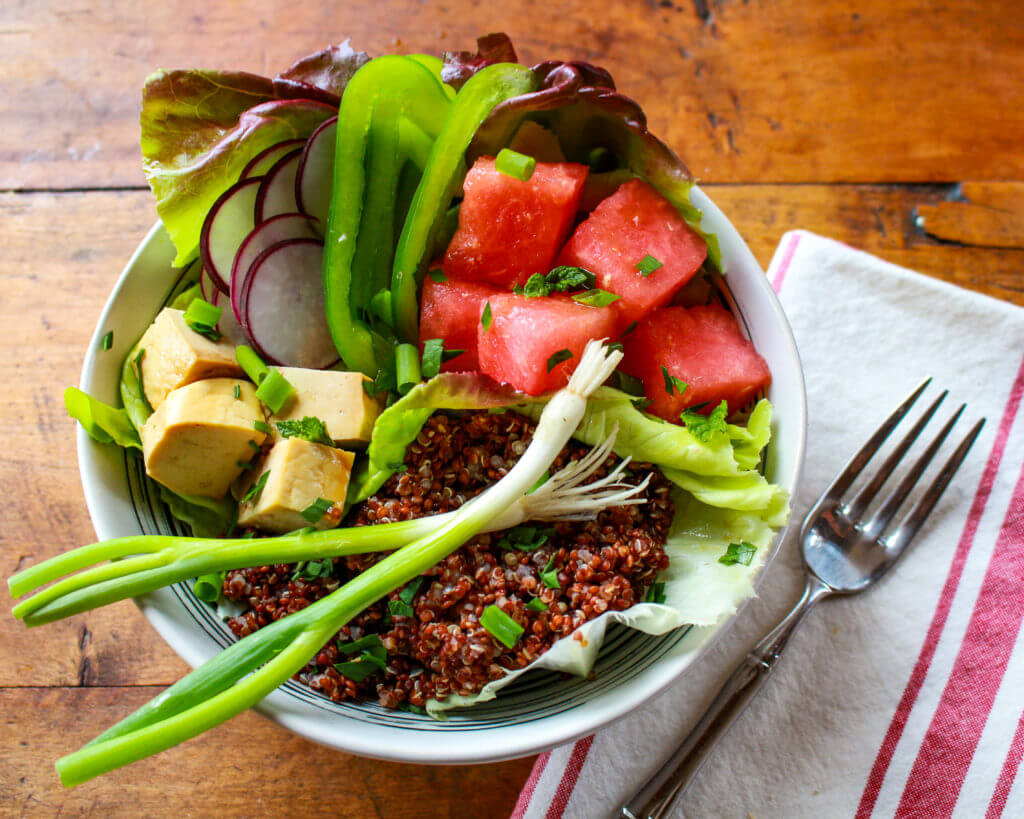
- Soy Foods: Tofu (10 g protein per ½ cup), Tempeh (15 g protein per ½ cup), Edamame (8 g protein per ½ cup), Soymilk (8g protein per 1 cup)
Tip: Add tofu or tempeh to meatless chili, soups, tacos and stews; soymilk or silken tofu to your favorite smoothies; and add edamame to stir-fries and grain bowls.
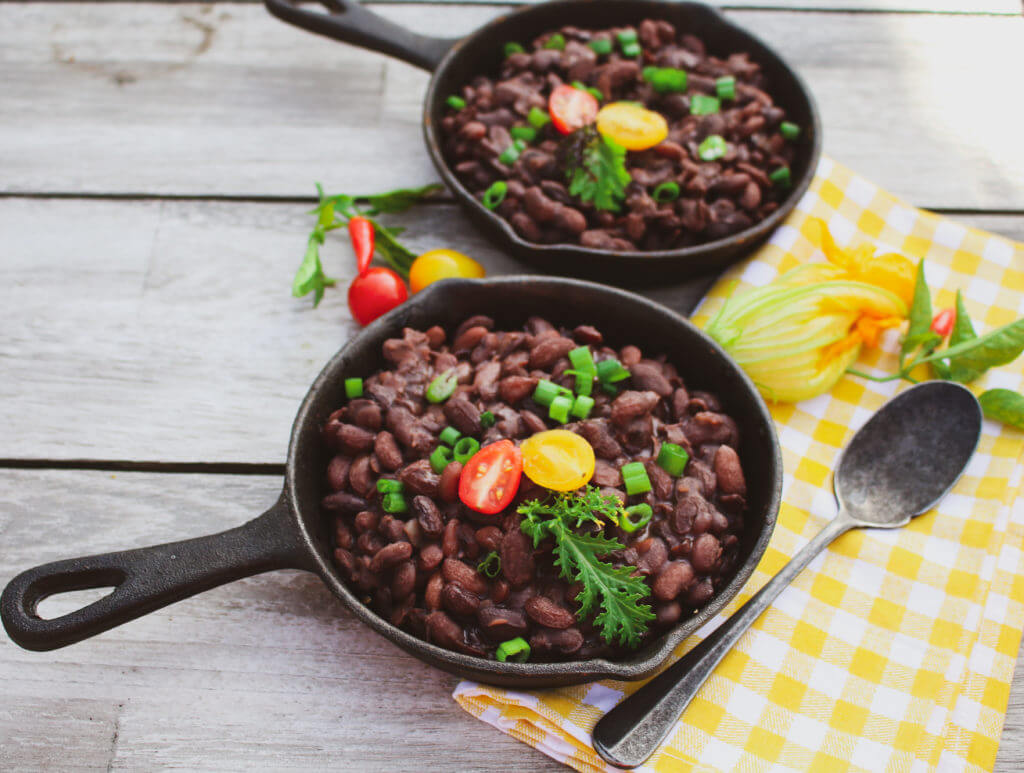
- Pulses: Beans (8 g protein per ½ cup cooked), Lentils (9 g protein per ½ cup cooked), Dried Peas (7 g protein per ½ cup)
Tip: Use pureed beans as the basis for dips and spreads. Add black beans or chickpeas to salads to enhance taste as well.
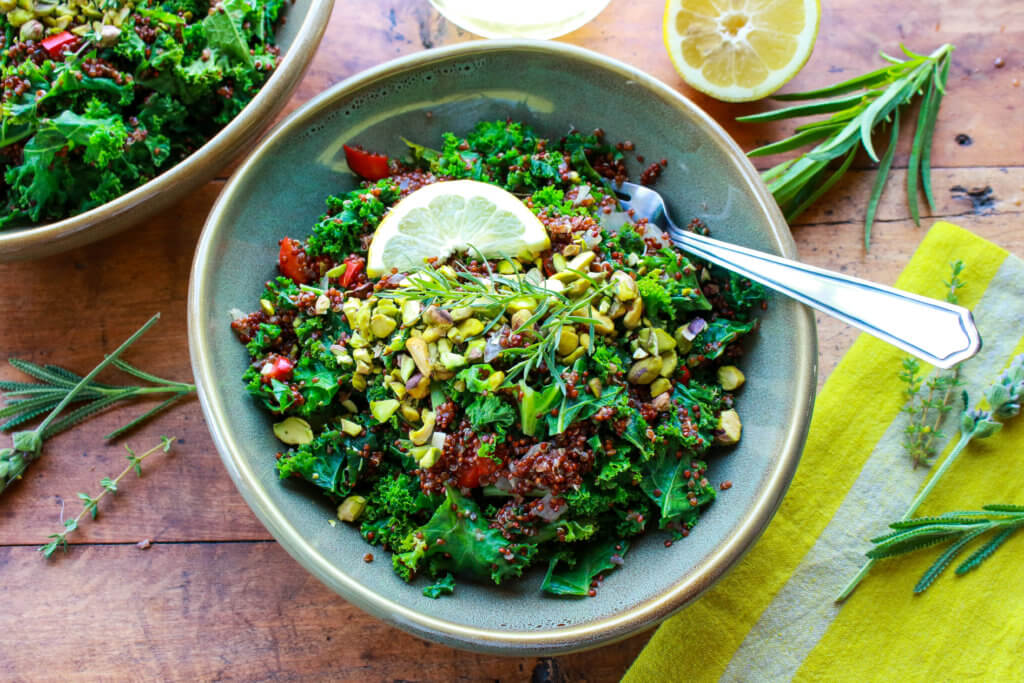
- Whole Grains: Quinoa (8 g protein per 1 cup cooked), Millet (6 g protein per 1 cup cooked)
Tip: Choose whole grains as a side for meals. When selecting breads, bagels, tortillas, and pastas, choose whole grains.

- Nuts: Peanuts (7 g protein per ounce), Almonds (6 g per ounce), Pistachios (6 g protein per ounce)
Tip: Nuts make a great on the go snack. Add them to cereal, yogurt, and even ice cream.
- Seeds: Pumpkin (8 g protein per ¼ cup), Hemp (9 g protein per 3 tbsp), Chia (9 g protein per ¼ cup)
Tip: Try seeds in salads, baked goods, and in smoothies.
- Peanut butter (7 g protein per 2 tbsp)
Tip: Aside from a PB&J sandwich, enjoy peanut butter in smoothies, swirled in yogurt or right out of the container.
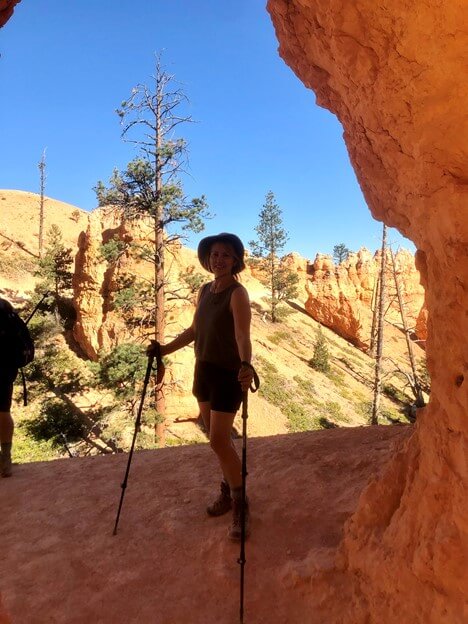
Physical Activity and Resistance Training for Muscle Maintenance
Beyond diet, it’s important to include physical activity in one’s lifestyle to preserve muscles during aging. Possible benefits of weight training include preventing falls, improving posture, strengthening bones, and improving range of motion. The bottom line: it increases your chance for a healthy, independent, functional life. Strength isn’t the most important thing for physical function; muscle power is more important. The type II muscle fibers, which are the fibers you normally lose as you age, are the most important to retain as we get older. That’s why older adults need to do resistance work. Research supports the profound role resistance training can have on increasing muscle strength, size, and functional capacity in older adults.
A study published in a 2016 issue of the Annual Review of Gerontology and Geriatrics found that older individuals aged 90 to 99 were able to increase their muscle strength an average of 174% in just 8 weeks by participating in Resistance Exercise Training (RET). These types of exercises include sit-ups, using dumbbells or resistance bands, and squats. Research continues to show that resistance training can result in lower mortality, nursing home admissions, and disability, compared with usual care after hip fracture.
As several research studies have demonstrated that exercises, such as aerobic activities and resistance training have had significant positive effects on muscle mass, i.e. increasing it, they should therefore be recommended as an additional tool to help preserve muscles during aging.
3 Ways To Ensure You A.R.E. Physically Active:
- Aerobic Activity: Minimum of 30 minutes of moderate to intensive physical activity every day most days of the week. Minimum 20 minutes of vigorous physical activity three days per week will help preserve muscles during aging.
- Resistance Training: Two days per week incorporate strength training, involving all major muscle groups. Include resistance bands, lifting weights, or doing push-ups, sit-ups, and squats.
- Enjoy Being Active: At the end of the day, it’s most important to just move your body in ways you find enjoyable and be active in any way you can. Check out my blog 9 Top Tips for Feeling Motivated for Fitness where I share some simple things that have worked for me!
For more information on plant-based protein, check out:
Power Up on the Plant Protein Star Pulses
Eat More Plant Proteins for Longevity
Power Up on Protein-Rich Pulses
Main image: BEST Homemade Seitan, Sharon Palmer, MSFS, RDN
References:
Baum, J. I., Kim, I. Y., & Wolfe, R. R. (2016). Protein Consumption and the Elderly: What Is the Optimal Level of Intake? Nutrients, 8(6), 359. https://doi.org/10.3390/nu8060359
Kerling, A., Hartung, D., Stubbs, B., Kück, M., Tegtbur, U., Grams, L., Weber-Spickschen, T. S., & Kahl, K. G. (2018). Impact of aerobic exercise on muscle mass in patients with major depressive disorder: a randomized controlled trial. Neuropsychiatric disease and treatment, 14, 1969–1974. https://doi.org/10.2147/NDT.S167786
Law, T. D., Clark, L. A., & Clark, B. C. (2016). Resistance Exercise to Prevent and Manage Sarcopenia and Dynapenia. Annual review of gerontology & geriatrics, 36(1), 205–228. https://doi.org/10.1891/0198-8794.36.205
Palmer, S. (n.d.). Plant Proteins – Today’s Dietitian Magazine. Retrieved January 16, 2021, from https://www.todaysdietitian.com/newarchives/0217p26.shtml
U.S. Department of Agriculture. Food Data Central. Accessed 01/03/2021. https://fdc.nal.usda.gov/fdc-app.html#/?query=
Mariotti, J., Gardner, C. Dietary Protein and Amino Acids in Vegetarian Diets—a Review. 2019. Nutrients. https://www.ncbi.nlm.nih.gov/pmc/articles/PMC6893534/



